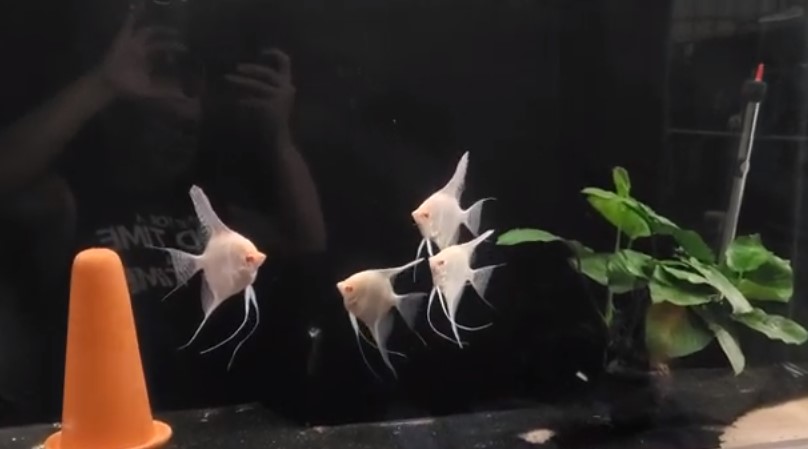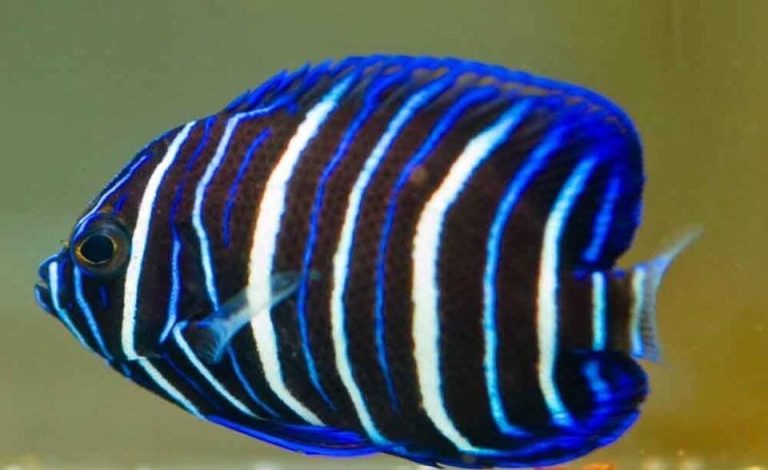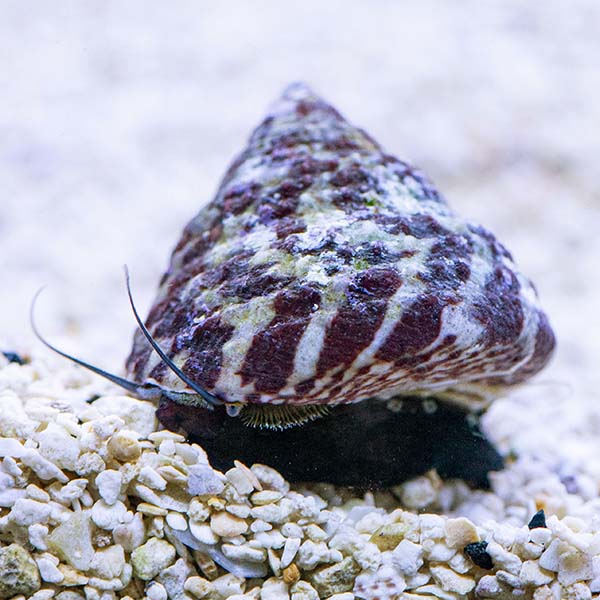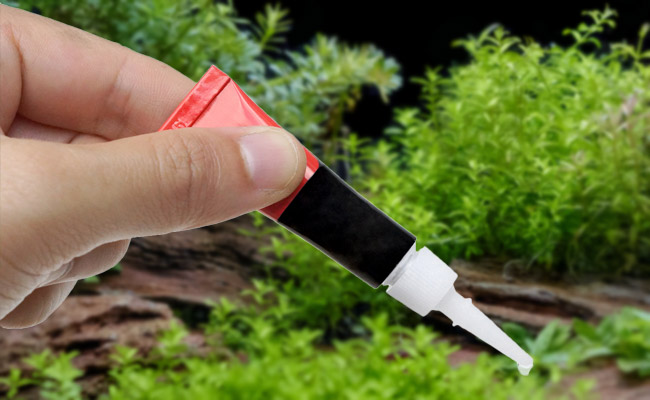Dantum Angelfish
Dantum Angelfish: A Stunning Addition to Your Aquarium
If you’re an aquarium enthusiast looking to add a splash of color and vibrancy to your underwater world, look no further than the Dantum Angelfish. With its striking appearance and captivating behaviors, this unique species is sure to be the star of your aquatic habitat. In this article, we will delve into the fascinating world of Dantum Angelfish, exploring their characteristics, care requirements, and the joy they bring to aquarium owners.
Characteristics of Dantum Angelfish
Dantum Angelfish, scientifically known as Centropyge dantuma, are native to the tropical waters of the Indian Ocean. They are part of the Pomacanthidae family, which comprises various species of angelfish. The Dantum Angelfish earn their name from their distinct black and yellow stripes that cover their bodies, resembling the pattern of a bumblebee. These stripes serve as a form of camouflage, helping them blend in with their surroundings in the wild.
The Dantum Angelfish can reach a maximum length of about 12 centimeters, making them a suitable choice for medium-sized aquariums. Their pointed snouts and small, elongated bodies give them a unique appearance that is bound to catch the eye of any observer. Additionally, their bright yellow coloring provides a beautiful contrast to the black stripes, making them a captivating addition to any aquarium.

Care Requirements for Dantum Angelfish
To ensure the health and well-being of your Dantum Angelfish, it is crucial to provide them with the appropriate care and environment. Here are some key factors to consider:
1. Tank Size
As previously mentioned, Dantum Angelfish are relatively small, making them suitable for tanks with a capacity of at least 75 to 100 gallons. A larger tank allows for more swimming space and provides room for additional tank mates.
2. Water Quality
Maintaining excellent water quality is essential for the health of your Dantum Angelfish. They prefer a temperature range of 72 to 78 degrees Fahrenheit and a pH level between 8.1 and 8.4. Consistently monitoring and regulating these parameters will help create a stable and comfortable environment for your fish.
3. Tank Setup
Creating a tank environment that mimics their natural habitat is crucial for the well-being of Dantum Angelfish. Provide plenty of hiding spots, such as caves and rock formations, to allow them to exhibit their natural behaviors. Live corals and a sandy substrate can also be introduced to simulate their native ocean environment.
4. Tank Mates
When it comes to selecting suitable tank mates for Dantum Angelfish, it’s essential to choose peaceful species that can coexist harmoniously. Avoid introducing aggressive or territorial fish, as this can lead to stress and potential conflicts. Compatible tank mates can include other peaceful angelfish species, damsels, gobies, and wrasses, among others.
Feeding Habits of Dantum Angelfish
Dantum Angelfish are omnivorous creatures that have a diverse diet in the wild, consisting of both plant matter and small invertebrates. To keep them healthy and thriving in captivity, it is crucial to replicate their natural feeding habits. A well-balanced diet should include a mix of high-quality flakes or pellets, frozen or live foods like brine shrimp or mysis shrimp, and fresh vegetables such as spinach or seaweed. Offering a varied diet ensures that your Dantum Angelfish receive all the necessary nutrients for optimal health and coloration.
Breeding Dantum Angelfish
Breeding Dantum Angelfish in captivity can be a challenging task but is not impossible with the right conditions and patience. To encourage spawning, it is essential to provide a well-conditioned pair with a suitable environment. A separate breeding tank with plenty of hiding spots, dim lighting, and slightly elevated water temperatures can stimulate the spawning process. Once the eggs are laid, they should be carefully removed from the main tank and placed in a separate aquarium with appropriate water conditions. Successful breeding can be a rewarding experience for aquarists, providing a glimpse into the incredible life cycle of these magnificent creatures.
Frequently Asked Questions
Q: Are Dantum Angelfish suitable for beginners?
A: While Dantum Angelfish are relatively hardy, they require specific care requirements and attention to water quality. This makes them more suitable for intermediate to experienced aquarists who have a good understanding of aquarium maintenance and husbandry.
Q: Can Dantum Angelfish live with coral reefs?
A: Yes, Dantum Angelfish can coexist with coral reefs. However, it is important to ensure that the corals present in the tank are not harmful to the angelfish and vice versa. Researching the compatibility of corals and Dantum Angelfish is crucial to prevent any potential issues.
Q: Do Dantum Angelfish require a specific lighting setup?
A: Dantum Angelfish thrive in moderate to high lighting conditions. Providing proper lighting not only enhances their natural coloration but also promotes the growth of any live corals present in the tank.
Q: Are Dantum Angelfish prone to any specific diseases?
A: Like any other fish, Dantum Angelfish are susceptible to certain diseases such as ich or marine white spot disease. Maintaining excellent water quality, proper nutrition, and regular observation can help prevent and mitigate the risk of disease outbreaks.
Final Thoughts
The Dantum Angelfish is unquestionably a stunning addition to any aquarium. Its striking appearance and unique behaviors make it a captivating fish to observe and care for. By providing the ideal tank conditions, suitable tank mates, and a well-balanced diet, aquarists can enjoy the beauty and allure of the Dantum Angelfish in their own homes. So, if you’re ready to liven up your aquarium with a touch of vibrancy, consider adding a Dantum Angelfish to your underwater world!






